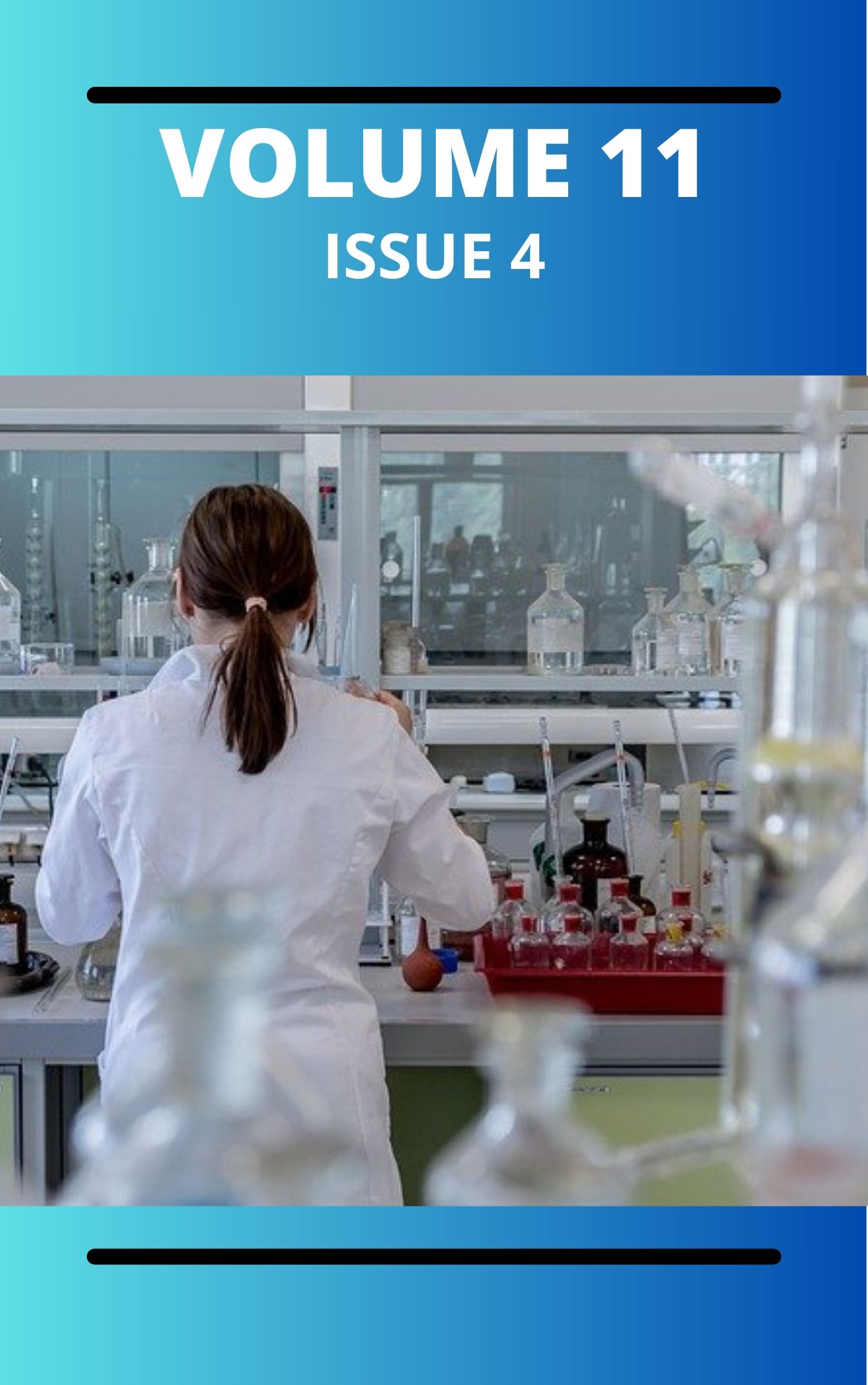Development and Applications of the Type II Half-Logistic Inverse Weibull Distribution
DOI:
https://doi.org/10.4314/9zk6e341Keywords:
Type II Half-Logistic , Exponentiated-G, Inverse Weibull distribution, Hazard function, Reliability function, Maximum likelihood, Order StatisticsAbstract
A variety of distribution classes have emerged by expanding or generalizing well-known continuous distributions to enhance their flexibility and adaptability across various fields. One such distribution is the Inverse Weibull (IW) distribution, introduced by Keller and Kanath in 1982, which has proven effective in modelling failure characteristics. Over the years, several extensions of the IW distribution have been developed, including the Beta Inverse Weibull, Kumaraswamy-Inverse Weibull, and many others. This paper introduces a novel extension called the Type II Half-Logistic Inverse Weibull (TIIHLEtIW) distribution, derived from the Type II Half-Logistic Exponentiated-G (TIIHLEt-G) family proposed by Bello et al. in 2021. The TIIHLEtIW distribution incorporates two additional shape parameters, enhancing its flexibility. We provide the cumulative distribution function (cdf), probability density function (pdf), and key statistical properties, including moments, moment-generating function, reliability function, hazard function, and quantile function. Maximum likelihood estimation (MLE) is employed for parameter estimation, and a simulation study evaluates the performance of the MLEs. Finally, the applicability and superiority of the TIIHLEtIW distribution are demonstrated through a comparative study using two real datasets, showcasing its improved fit over several established distributions.
Downloads
Published
Issue
Section
Similar Articles
- Robinson Ogochukwu Isichei, The Intersection of Artificial Intelligence, Music, and Religion: An Extensive Review Highlighting Contemporary and Emerging Perspectives , Communication In Physical Sciences: Vol. 9 No. 4 (2023): VOLUME 9 ISSUE 4
- Abdullahi Lawal, Musa Bello, Ahmed Musa Kona, Quasi-particle band structure and optical properties of Perylene Crystal for Solar Cell Application: A G0W0 Calculations , Communication In Physical Sciences: Vol. 8 No. 2 (2022): VOLUME 8 ISSUE 2
- Ayomide Ayomikun Ajiboye, Muslihat Adejoke Gaffari, Onaara Enitan Obamuwagun, Predictive Analytics in Sport Management: Applying Machine Learning Models for Talent Identification and Team Performance Forecasting , Communication In Physical Sciences: Vol. 12 No. 7 (2025): Volume 12 issue 7
- Ivwurie Wisdom, Gabriel Akindeju, Assessment of Polycyclic Aromatic Hydrocarbons in Soils from Selected Areas in Agbarho Communities, Delta State, Nigeria , Communication In Physical Sciences: Vol. 8 No. 2 (2022): VOLUME 8 ISSUE 2
- Efe Kelvin Jessa, A Multidisciplinary Approach to Historic Building Preservation , Communication In Physical Sciences: Vol. 11 No. 4 (2024): VOLUME 11 ISSUE 4
- Atim Sunday Johnson, Idongesit Bassey Anweting, Idongesit Edem Okon, Electron Transfer Reactions of Tetrakis (2, 2- Bipyridine)-µ Oxodiiron(III) Complex and Dithionate Ion in Aqueous Acidic Media: Kinetic and Mechanistic Approach , Communication In Physical Sciences: Vol. 10 No. 1 (2023): VOLUME 10 ISSUE 1
- Akaezue Nelson Nwagbogwu, Ngiangia Alalibor Thompson, Onyeaju Michael Chukwudi, Thermal Properties of Diffusing Species into Some Host Metals , Communication In Physical Sciences: Vol. 11 No. 4 (2024): VOLUME 11 ISSUE 4
- Raymond Sugar Ebere Amougou, AI-Driven DevOps: Leveraging Machine Learning for Automated Software Delivery Pipelines , Communication In Physical Sciences: Vol. 9 No. 4 (2023): VOLUME 9 ISSUE 4
- Changde A. Nanfa, Musa O. Kizito, Fabian Apeh Akpah, Jimoh J. Bolaji, Mu’awiya Baba Aminu, John O. Wale , Faith Fehintoluwa Oye, Rebecca Juliet Ayanwunmi, Samson Ayobami Akinbunmi, Investigation Of Basement Aquifer Hydraulics And Protective Capacity Within Jimgbe And Environs, North Central Nigeria , Communication In Physical Sciences: Vol. 12 No. 3 (2025): VOLUME 12 ISSUE 3
- N. B. Essien, Sorghum Waste as an Efficient Adsorbent for the Removal of Zn2+and Cu2+ from Aqueous Medium , Communication In Physical Sciences: Vol. 5 No. 2 (2020): VOLUME 5 ISSUE 2
You may also start an advanced similarity search for this article.




